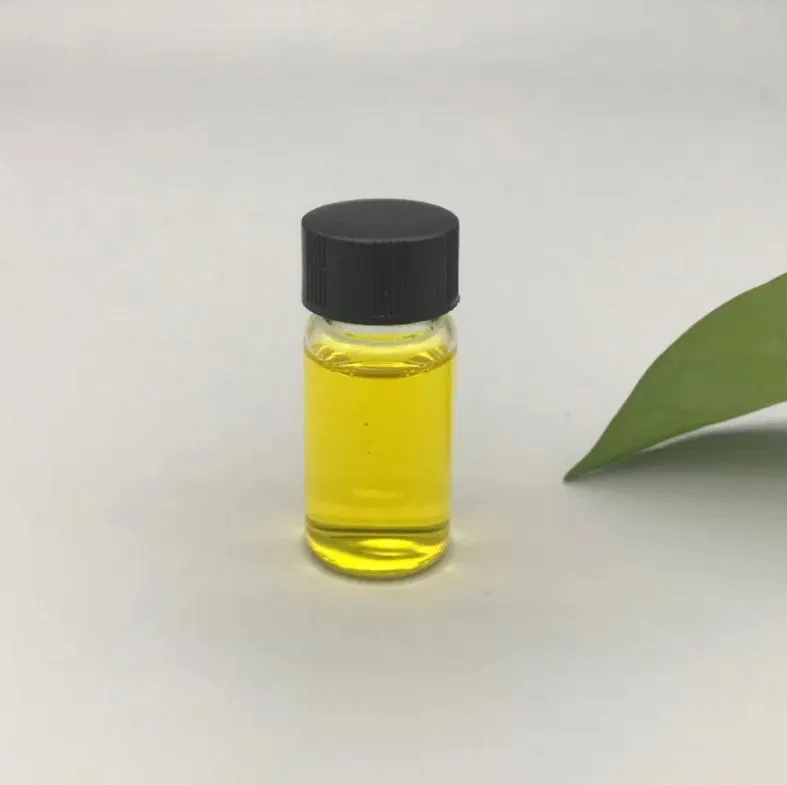Warning: Undefined array key "title" in /home/www/wwwroot/HTML/www.exportstart.com/wp-content/themes/1198/header.php on line 6
Warning: Undefined array key "file" in /home/www/wwwroot/HTML/www.exportstart.com/wp-content/themes/1198/header.php on line 7
Warning: Undefined array key "title" in /home/www/wwwroot/HTML/www.exportstart.com/wp-content/themes/1198/header.php on line 7
Warning: Undefined array key "title" in /home/www/wwwroot/HTML/www.exportstart.com/wp-content/themes/1198/header.php on line 7
- Afrikaans
- Albanian
- Amharic
- Arabic
- Armenian
- Azerbaijani
- Basque
- Belarusian
- Bengali
- Bosnian
- Bulgarian
- Catalan
- Cebuano
- China
- China (Taiwan)
- Corsican
- Croatian
- Czech
- Danish
- Dutch
- English
- Esperanto
- Estonian
- Finnish
- French
- Frisian
- Galician
- Georgian
- German
- Greek
- Gujarati
- Haitian Creole
- hausa
- hawaiian
- Hebrew
- Hindi
- Miao
- Hungarian
- Icelandic
- igbo
- Indonesian
- irish
- Italian
- Japanese
- Javanese
- Kannada
- kazakh
- Khmer
- Rwandese
- Korean
- Kurdish
- Kyrgyz
- Lao
- Latin
- Latvian
- Lithuanian
- Luxembourgish
- Macedonian
- Malgashi
- Malay
- Malayalam
- Maltese
- Maori
- Marathi
- Mongolian
- Myanmar
- Nepali
- Norwegian
- Norwegian
- Occitan
- Pashto
- Persian
- Polish
- Portuguese
- Punjabi
- Romanian
- Russian
- Samoan
- Scottish Gaelic
- Serbian
- Sesotho
- Shona
- Sindhi
- Sinhala
- Slovak
- Slovenian
- Somali
- Spanish
- Sundanese
- Swahili
- Swedish
- Tagalog
- Tajik
- Tamil
- Tatar
- Telugu
- Thai
- Turkish
- Turkmen
- Ukrainian
- Urdu
- Uighur
- Uzbek
- Vietnamese
- Welsh
- Bantu
- Yiddish
- Yoruba
- Zulu
Dec . 11, 2024 09:07 Back to list
Impact of Saccharin on Food Product Quality and Consumer Health
Saccharin in Food Products An Overview
Saccharin, one of the oldest artificial sweeteners, has been a topic of debate since its discovery in the 19th century. This non-nutritive sweetener is widely used in various food products, particularly for those seeking to reduce sugar intake. As we explore saccharin's use in food products, it is essential to understand its benefits, concerns, and the broader context of artificial sweeteners in our modern diets.
What is Saccharin?
Saccharin was discovered in 1879 by researchers Constantin Fahlberg and Ira Remsen. It is approximately 300 to 400 times sweeter than sucrose (table sugar), which means that only a tiny amount is required to achieve the desired sweetness. Saccharin is often found in its sodium salt form, known as sodium saccharin. It is heat-stable, making it suitable for use in cooking and baking, unlike some other artificial sweeteners that lose sweetness when exposed to heat.
Usage in Food Products
Saccharin is commonly found in various food products and beverages, particularly in those marketed as “sugar-free” or “diet.” It is often used in soft drinks, tabletop sweeteners, canned goods, baked goods, desserts, and chewing gum. Additionally, saccharin is prevalent in pharmaceutical products, including cough syrups and chewable vitamins, to mask the bitter taste of certain ingredients.
With the rising awareness of diabetes, obesity, and other health concerns, many people are turning to low-calorie and sugar-free alternatives. Saccharin provides a sweet taste without contributing significantly to caloric intake, making it an attractive option for individuals looking to manage their weight or blood sugar levels.
Benefits of Saccharin
One of the most significant advantages of saccharin is its low-calorie content. For individuals managing diabetes or those aiming to lose weight, saccharin allows them to enjoy sweet flavors without the associated calories of sugar.
saccharin in food products

Furthermore, saccharin has a very low glycemic index, meaning it does not cause a spike in blood sugar levels
. This characteristic makes it a safe alternative for diabetics seeking to control their blood glucose levels while still enjoying sweetened products.Additionally, saccharin is economically beneficial. It is one of the least expensive artificial sweeteners available on the market, making it a popular choice among manufacturers looking to reduce costs while still providing a sweet taste in their products.
Concerns and Controversies
Despite its advantages, saccharin has faced scrutiny over the years. In the 1970s, studies suggested that saccharin could cause bladder cancer in laboratory rats, leading to a ban in some countries and the requirement of warning labels in others. However, subsequent research and reviews by health organizations, including the U.S. Food and Drug Administration (FDA) and the World Health Organization (WHO), concluded that saccharin is safe for human consumption when used within established acceptable daily intake levels.
Some individuals may also experience sensitivity to saccharin, leading to allergic reactions or gastrointestinal discomfort. While these cases are rare, they remind consumers to be mindful of their body’s responses to artificial additives.
The Future of Saccharin in Food Products
In the modern marketplace, the trend towards healthier eating continues to expand. Consumers are becoming more aware of the ingredients in their food, prompting manufacturers to explore a range of sweetening options, including stevia and monk fruit. Nevertheless, saccharin maintains a place in the sweetener panel due to its unique properties and cost-effectiveness.
As regulations and scientific understanding evolve, saccharin's reputation is likely to stabilize as a safe option for many individuals. Education and transparent labeling will be crucial in helping consumers make informed choices about their sugar and sweetener consumption.
In conclusion, while saccharin has endured challenges over the decades, its role in the food industry remains significant. As part of a balanced diet, saccharin and similar sweeteners can offer consumers the ability to enjoy sweetened products with fewer concerns over calories and blood sugar levels. As always, moderation is key, and understanding personal dietary needs is essential in the ongoing conversation about sugar alternatives.
Latest news
-
Certifications for Vegetarian and Xanthan Gum Vegetarian
NewsJun.17,2025
-
Sustainability Trends Reshaping the SLES N70 Market
NewsJun.17,2025
-
Propylene Glycol Use in Vaccines: Balancing Function and Perception
NewsJun.17,2025
-
Petroleum Jelly in Skincare: Balancing Benefits and Backlash
NewsJun.17,2025
-
Energy Price Volatility and Ripple Effect on Caprolactam Markets
NewsJun.17,2025
-
Spectroscopic Techniques for Adipic Acid Molecular Weight
NewsJun.17,2025

